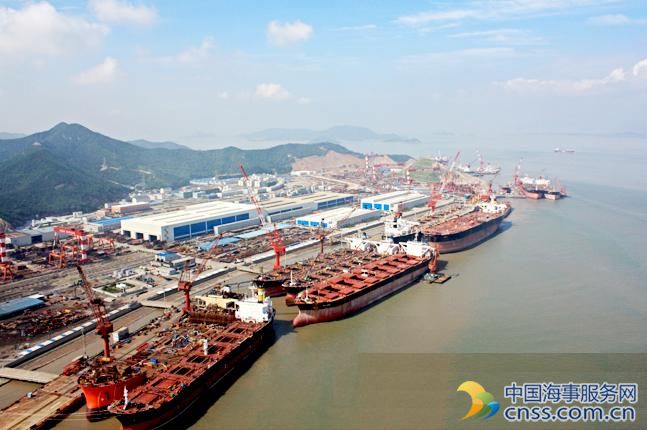ISO publishes new marine fuel specs, paving way for more biofuels in blend

The International Organisation for Standardisation has launched a new class of marine fuel specifications to provide standards for higher quantities of biofuels to be blended into marine distillates, and making reporting of cloud point mandatory in their updated marine gasoil grades.
No changes have been made to residual fuel oil standards in the latest edition of ISO 8217, the global standard for marine fuels, that was last updated five years ago.
In the newly defined “class F” grades, up to 7% fatty acid methyl ester (FAME) is allowed, a biodiesel which has several similar physical properties to conventional diesel, but is non-toxic and biodegradable.
This higher percentage will allow 10 ppm sulfur automotive diesel to be blended into the marine distillates pool, says Monique Vermeire, fuels technologist at Chevron, but speaking to S&P Global Platts in her capacity as convenor at the working group on ISO 8216/8217.
Biodiesel can make up to 7% of the blend in transport fuels in Europe currently as per EN 590.
The existing DMA specifications have also become more lenient to biodiesel, increased to 0.50% percentage weight in 8217: 2017 specs, from a 0.10% suggested level in the previous iteration five years ago.
“I hope it (ISO 8217: 2017) will pick up very fast because of the cloud point requirements,” Vermeire said Monday. “For [marine] distillates, we had only the pour point defined, but sometimes the paraffins were falling out, settling, especially when it was not heated. So now, adding Cloud Point and CFPP (Cold Filter Plugging Point) lets the operator know in advance if it needs heating.”
The update was published without fanfare on the ISO website Sunday, and as of Monday had not yet been widely seen by bunker fuel suppliers or shipowners.
The shipping and bunker industry lags behind best practice in fuel qualities as the ISO sees it, and is still mainly using ISO 8217: 2010 spec for fuel loaded in most parts of Europe and North America, and often ISO 8217: 2005 spec in Asia.
Source: Platts
HEADLINES
- Do shipping markets want Biden or Trump for the win?
- All 18 crew safe after fire on Japanese-owned tanker off Singapore
- Singapore launching $44m co-investment initiative for maritime tech start-ups
- Cosco debuts Global Shipping Industry Chain Cooperation Initiative
- US warns of more shipping sanctions
- China continues seaport consolidation as Dalian offer goes unconditional